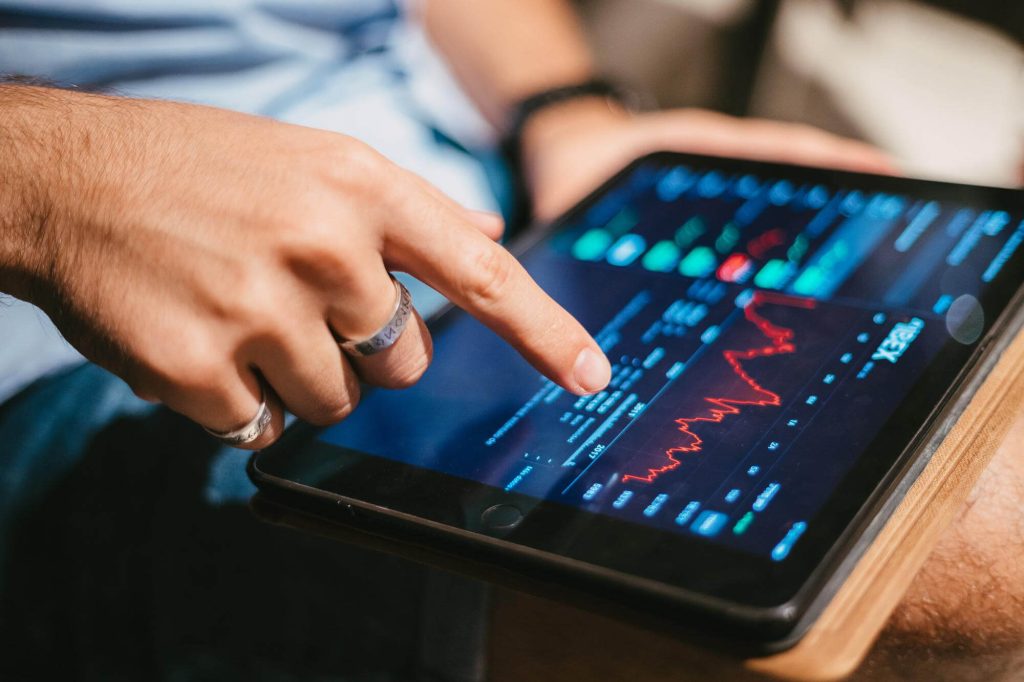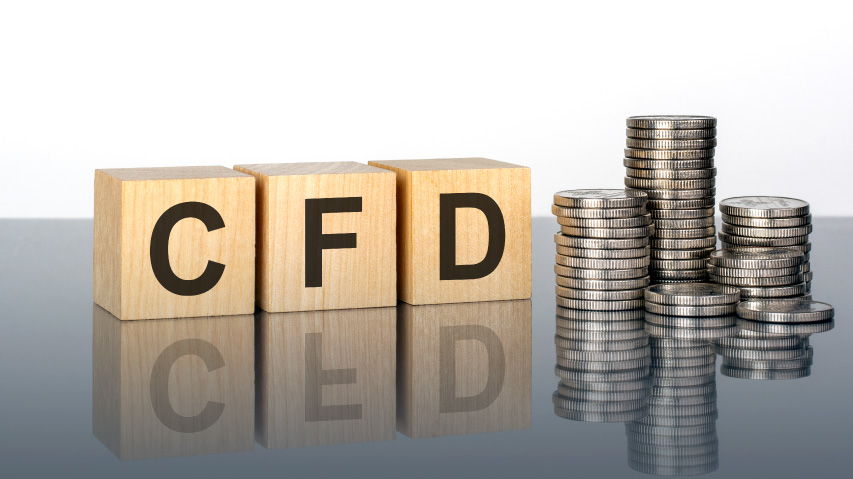In today’s fast-paced world, trading has become a popular way to invest and grow wealth. One of the most popular forms of trading is CFD trading. CFD stands for Contract for Difference, and it is a type of derivative that allows traders to speculate on the price movements of a particular asset without actually owning it. CFD trading can be a great way to maximize returns, but it is essential to have a solid strategy in place. In this article, we will explore how to strategize with CFD trading and maximize your returns.
What is CFD trading?
CFD trading is a type of derivative that allows traders to speculate on the price movements of a particular asset without actually owning it. CFDs are typically used to trade assets like stocks, indices, commodities, and currencies. Instead of buying the underlying asset, a trader opens a contract with a broker that tracks the price movements of the asset. If the price of the asset moves in the direction the trader predicted, they make a profit. If the price moves against their prediction, they incur a loss.
Understanding CFDs
To understand CFDs, it is essential to understand how they work. When a trader opens a CFD contract, they are essentially agreeing to pay the difference between the opening and closing price of the asset being traded. If the price moves in their favor, they make a profit equal to the difference between the opening and closing price. If the price moves against their prediction, they incur a loss equal to the difference between the opening and closing price.
The benefits of CFD trading
CFD trading offers several benefits to traders. First and foremost, it allows traders to speculate on the price movements of an asset without actually owning it. This means that traders can profit from both rising and falling markets. CFD trading also offers leverage, which means that traders can control a larger position with a smaller amount of capital. This can amplify profits but also increases the risks of losses. CFD trading is also very flexible, as traders can open and close positions quickly and easily.
The risks of CFD trading
While CFD trading offers several benefits, it also comes with risks. One of the main risks of CFD trading is leverage. While leverage can amplify profits, it can also amplify losses. Traders need to be aware of the risks and manage their risk appropriately. Another risk of CFD trading is market volatility. CFDs are affected by market volatility, and sudden market movements can lead to significant losses. Traders need to have a solid understanding of the markets they are trading in and stay up-to-date with market news and events.
Developing a CFD trading strategy
Developing a CFD trading strategy is essential for maximizing returns and minimizing risks. A trading strategy should include entry and exit points, risk management techniques, and profit targets. When developing a CFD trading strategy, it is essential to consider the markets being traded, the trading style, and the trader’s risk tolerance.
Choosing the right broker
Choosing the right broker is an essential part of CFD trading. A good broker should have a solid reputation, be regulated by a reputable authority, and offer competitive pricing and trading conditions. It should also offer a trading platform that is easy to use and provides access to the markets and tools needed for successful trading.
Managing risk with stop-loss orders
Managing risk is crucial when it comes to CFD trading. Stop-loss orders are an effective risk management tool that can help traders limit potential losses. A stop-loss order is an order to close a position at a predetermined price level. If the price reaches the stop-loss level, the position is automatically closed, limiting the trader’s potential losses.
Understanding technical analysis
Technical analysis is an essential tool for CFD traders. Technical analysis involves analyzing price charts and using various indicators to identify trends and patterns. This can help traders identify potential entry and exit points and make more informed trading decisions.
Setting realistic profit targets
Setting realistic profit targets is essential for successful CFD trading. Profit targets should be based on the trader’s risk tolerance, trading style, and the market being traded. Setting realistic profit targets can help traders avoid greed and make more disciplined trading decisions.
Implementing your CFD trading strategy
Once a CFD trading strategy has been developed, it is essential to implement it correctly. This involves executing trades according to the strategy and managing risk appropriately. It is also essential to evaluate the strategy regularly and make any necessary adjustments.
Staying up-to-date with market news and events
Staying up-to-date with market news and events is essential for successful CFD trading. Economic data releases, company earnings reports, and geopolitical events can all affect the markets and CFD prices. Traders need to stay informed and adjust their trading strategy accordingly.
Evaluating your performance
Evaluating performance is crucial for improving as a CFD trader. Traders should regularly review their trades and evaluate their performance. This can help identify areas for improvement and make necessary adjustments to the trading strategy.
Conclusion
CFD trading can be a great way to maximize returns, but it is essential to have a solid trading strategy in place. Traders should understand the risks and benefits of CFD trading and develop a trading strategy that fits their trading style and risk tolerance. They should also choose a reputable broker, manage risk appropriately, use technical analysis, set realistic profit targets, implement their trading strategy correctly, stay up-to-date with market news, and evaluate their performance regularly.




